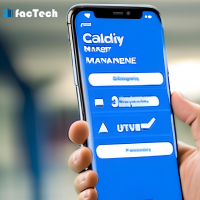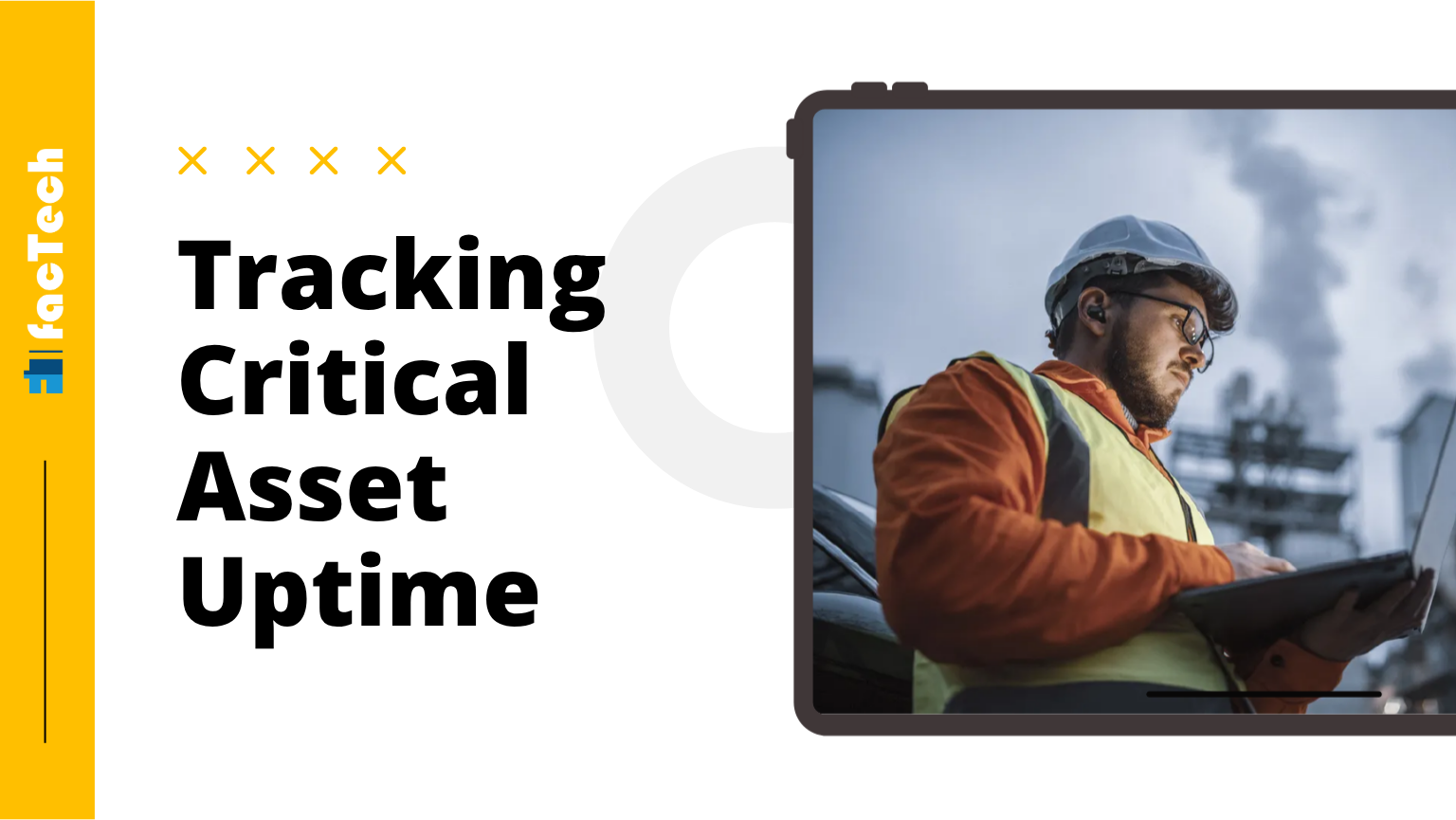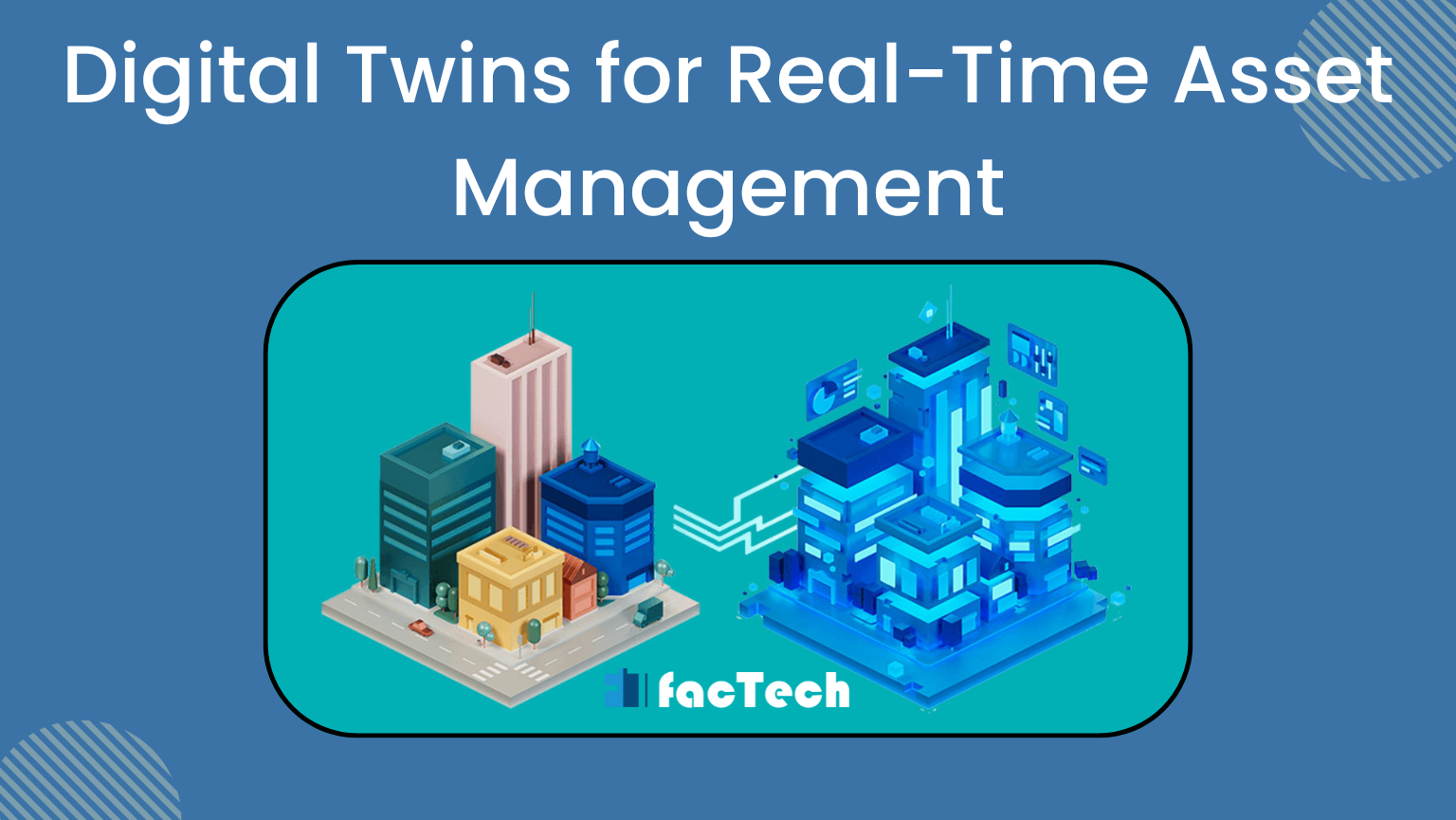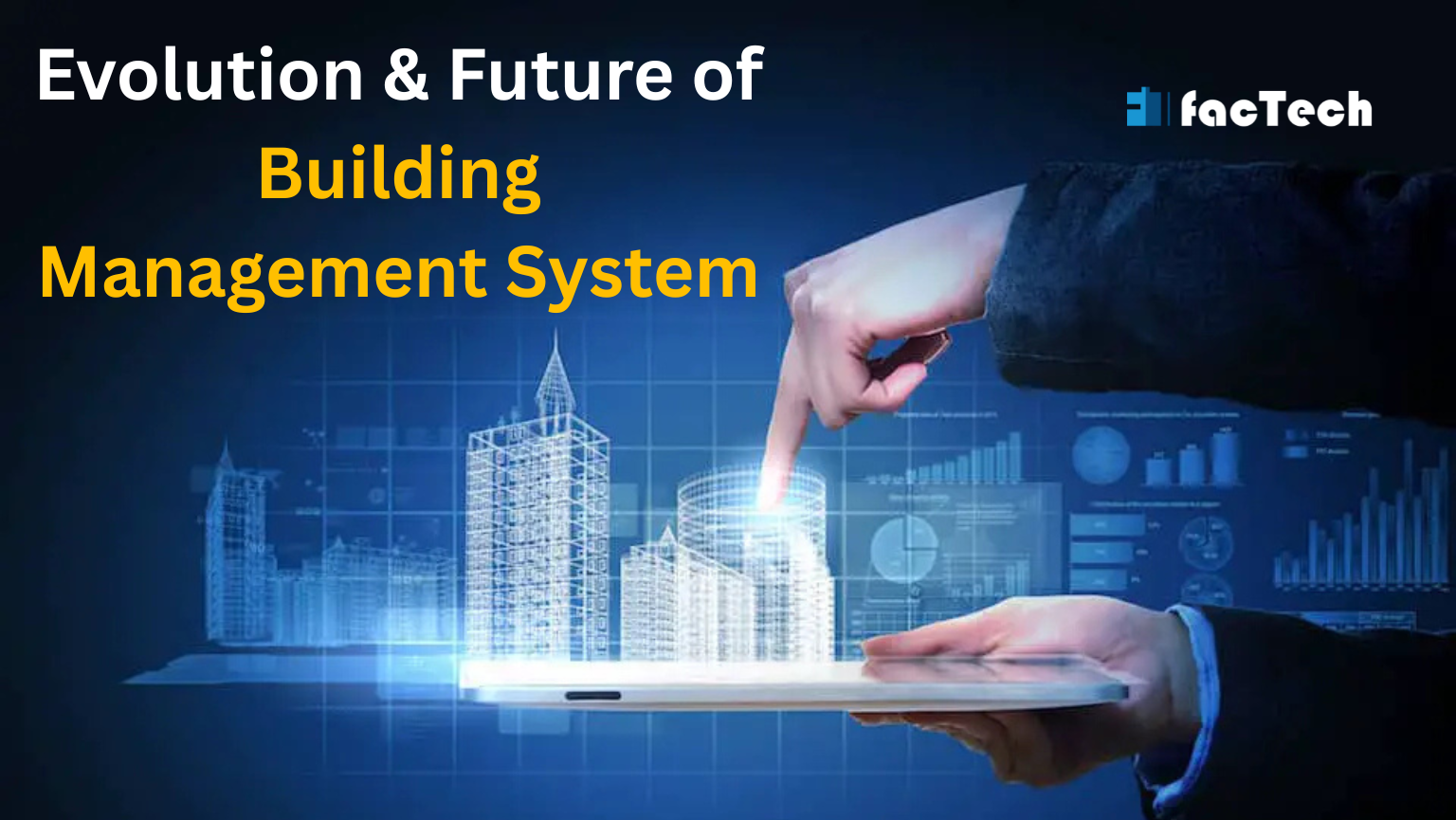Technology Trends in Facility Management
Heartiest welcome to the future of facility management. Are you ready to embrace the latest technology trends in facility management and streamline facility operations?
Facility Management 2.0: Latest Technology Trends
From real-time occupancy monitoring and predictive maintenance to energy-efficient lighting and smart HVAC systems, the latest tech innovations are transforming how we manage our facilities. Let’s catch a quick glimpse of the latest technology trends reshaping facility management.
1. Smart Buildings For Facility Management
Say goodbye to the days when buildings were nothing but passive structures. Buildings can collect and analyse real-time data thanks to sensors and the Internet of Things (IoT). This intelligent infrastructure enhances facility management. Wondering how? Let’s see.
Smart buildings use sensors to monitor occupancy, temperature, and lighting levels. The building’s HVAC and lighting systems can, thus, be adjusted automatically to optimize energy consumption. This leads to twin benefits- cost minimization and energy efficiency.
Smart buildings are indeed the smart way forward as they enable predictive maintenance. This allows facility managers to detect and address maintenance issues before they become significant challenges. For instance, sensors can monitor the performance of electrical equipment and elevators, alerting facility managers when maintenance is required. This proactive approach helps in avoiding downtime and extending the life of building systems.
A few examples of smart building technologies that are reshaping facility management are occupancy sensors, building automation systems and predictive maintenance tools.
2. Digital Twinning for Facility Management

Digital twinning refers to creating a virtual replica of any physical asset, such as a building or equipment. This is done by using data from sensors, cameras, and a variety of other sources. The virtual replica so created is called the digital twin. This connects to the asset via sensors and other IoT devices.
The sensors collect real-time data for anomaly detection. This technology aids facility management by enabling predictive maintenance. What more? Well, facility managers can also track the asset status and location abating the risk of lost or stolen assets. Moreover, digital twinning helps in effectively utilising the storage space and preparing the site for possible disruptions.
3. Artificial Intelligence for Facility Operations
In today’s scenario, artificial intelligence (AI) and machine learning (ML) algorithms are gaining momentum. These algorithms not only help to detect the anomalies in the asset performance but also determine the root causes. Based on the data from the sensors, AI-powered maintenance systems gauge when the problems in advance and optimise the maintenance schedules.
The broad spectrum of AI-powered maintenance tools includes- fault detection and diagnosis, anomaly detection, and root cause analysis. These tools enable problem identification paired with root cause detection to prevent similar instances from occurring in future.
4. Augmented Reality for Facility Inspections
Augmented reality (AR) is an integration of real-world and digital/computer-generated content. This technology is revolutionizing facility inspections. AR allows the inspection team to virtually view and evaluate the equipment, eliminating the need for travel and physical presence.
By reducing inspection time and increasing accuracy, AR saves both time and money. The benefits don’t end here. AR also improves safety for inspectors, by allowing them to view equipment and systems from a distance in hazardous environments. This futuristic technology enhances the collaboration between technicians and other stakeholders through immersive simulations of the plant sites.
5. Role of Mobile Apps in Facility Management

Mobile Apps reshaping FM
Mobile apps have become sidekicks for facility managers to assist them at a moment’s notice. These apps provide real-time access to data and tools that can greatly enhance the efficiency and effectiveness of facility management operations.
Work order management is one of the primary use cases of mobile apps in facility management. With a mobile app, facility managers can easily create, assign, and track work orders from anywhere, at any time. This allows for quick and effective resolution of maintenance and repair issues, minimizing downtime and ensuring the safety and satisfaction of building occupants.
Mobile apps also enable asset tracking. Facility managers can quickly scan QR codes to determine the precise location and condition of the assets. This helps to optimize asset utilization and prevent loss or theft, ultimately saving time and money for the facility.
Incident reporting is yet another feature. Safety hazards and security breaches can be quickly reported enhancing occupant safety. These apps often allow for the inclusion of photos and videos, providing additional context and detail to support effective incident response.
Final Words
To stay ahead of the curve and keep the assets well-maintained, businesses must embrace the new technologies in facility management. From smart buildings and IoT sensors to mobile apps and virtual reality, the possibilities are endless. Without these, facility management would be inefficient and sluggish. So, whether you’re a seasoned facility manager or just starting out in the field, keep up with the latest trends.
If you know of any other innovation that can pace up facility management or have any further queries, don’t hesitate to leave a comment.











